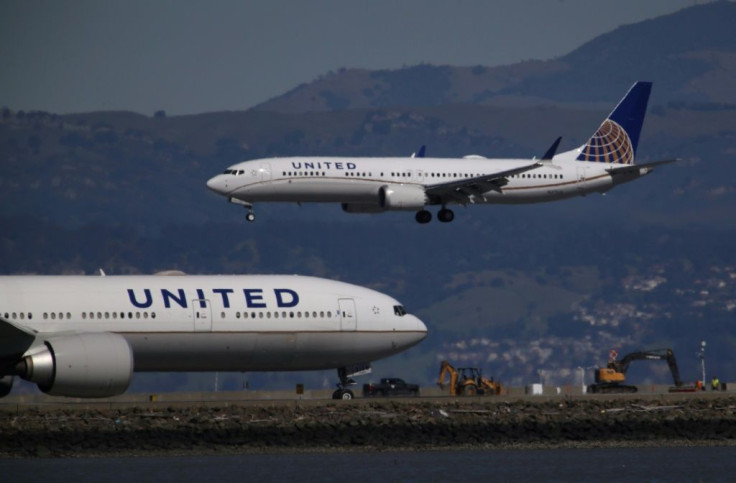Coronavirus Travel: United Borrowing $5 Billion Against Its Frequent Flyer Program

KEY POINTS
- United hopes to arrange for $17 billion in liquidity to get it through the third quarter
- American Airlines and Delta announced borrowing programs last week
- United has been cutting costs aggressively in recent weeks but still is expected to lay off workers in October
United Airlines said Monday it would borrow $5 billion from its loyalty program as part of an effort to raise $17 billion in liquidity by the end of the third quarter. The second-largest U.S. carrier has been burning through $40 million a day as a result of the coronavirus pandemic, which has gutted air travel and is likely to keep numbers down for the foreseeable future.
United (UAL), which was trading off about 2% Monday, said it also expects to receive $4.5 billion under the Coronavirus Aid, Relief and Economic Security Act.
The airline sector, which includes aerospace manufacturers, has been the hardest hit by the pandemic. Thousands of layoffs are expected in the fall, despite $25 billion in government loans and grants.
United has been cutting costs aggressively.
“The airline has already reduced planned capital expenditures and operating and vendor expenditures, suspended raises and implemented an unpaid time off program for management and administrative employees, put a freeze on hiring, introduced voluntary leave and separation programs, reduced pay for all executives and cut its CEO and president's base salaries by 100%, among other cost-saving measures,” United said in a press release.
United last week announced measures to allay employee and travelers’ fears, asking passengers to complete health assessments as part of the check-in process and requiring all passengers to wear face masks while on board.
The airline said cash burn was expected to slow in the third quarter to $30 million a day and borrowing against its MileagePlus program, which has more than 100 million members, would allow it to continue to operate.
American (AAL) and Delta (DAL) announced borrowing plans last week. Delta said it was burning through $100 million a day but expected to reduce that to $40 million by the end of June while American was burning through $50 million a day and hoped to reduce that to $40 million by the end of the quarter.
Air travel is down 75% to 95% and most countries still have travel restrictions in place. The industry is expected to take as long as five years to recover, with the number of carriers worldwide expected to shrink from 900 to 600. A survey by Qualtrics at the end of April indicated consumers aren’t keen on flying again, with 75% saying they’d be uncomfortable.
© Copyright IBTimes 2025. All rights reserved.





















